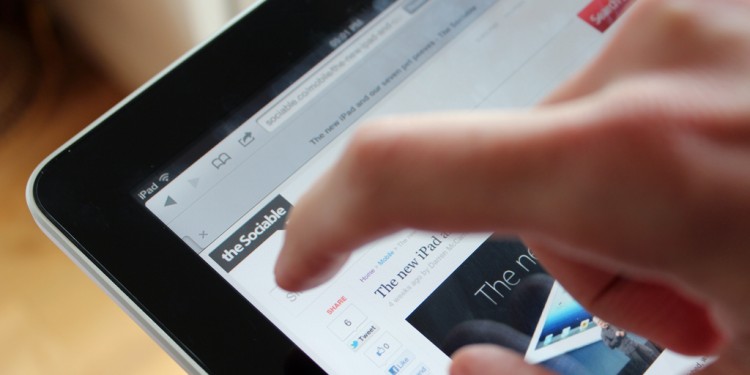I don’t do most of my work on my mobile devices. If it requires significant typing, I save it for my computer. The screen on my tablet is too small to look at large consoles. The touch-screen keyboard takes up a lot of space, and typing is slow and inaccurate.
May 31, 2013

By Zenith Infotech 1
 VDI, Desktops-as-a-Service (DaaS) and BYOD are all the rage. I see articles in e-newsletters, blogs, and websites. They all show people working on tablets and phones in coffee shops, the airport, or in the park. However, VDI adoption rates remain low. The question is why.
VDI, Desktops-as-a-Service (DaaS) and BYOD are all the rage. I see articles in e-newsletters, blogs, and websites. They all show people working on tablets and phones in coffee shops, the airport, or in the park. However, VDI adoption rates remain low. The question is why.
I have a smartphone and a tablet. I use them frequently, and not just to play Words with Friends. I read and send emails, look up sales figures and client information in SalesForce, and read white papers or view webinars.
But I don’t do most of my work on my mobile devices. If it requires significant typing, I save it for my computer. The screen on my tablet is too small to look at large consoles. The touch-screen keyboard takes up a lot of space, and typing is slow and inaccurate.
I don’t have access to full software applications on my devices. They have limited performance and storage. Getting files from my computer to my device, and then getting it back onto my computer, is annoying. Not to mention the risks associated with this unsecured device – what if it’s stolen, damaged or lost?
In the end, I use my mobile devices mostly for communication and passive activities (i.e. – viewing, reading) because it’s just too inconvenient to use them as productivity tools. I’m not alone. Does anyone actually WORK on their phone or tablet?
Cloud and virtualization technology, with server-hosted virtual desktops, solve many of these issues. The storage isn’t on the device itself, so accessing and syncing data among devices is moot, and the security risks are similarly negated. Since the applications are running from the server, you needn’t worry about available/compatible software. Processing power comes from the server, improving performance.
Perhaps the more important question isn’t how technical limitations are handled, but the how we address the practical considerations – what kind of devices are usable and convenient?
Tablets are becoming much more user friendly, particularly with the latest batch of convertibles (e.g. Microsoft Surface Pro) and accessories (e.g. Logitech’s Ultrathin Keyboard Cover). These enable tablets to be propped up for a more laptop-like view that frees the hands. Small, lightweight keyboards can be used for more input-intensive activities.
Thin Client and Zero Clients are less expensive than laptops while giving a full “computer” experience. Existing laptops can repurposed as an end-user devices. After all, the factors that spell their end of life – RAM, processor speed, storage capacity, compatibility with new software and OSs – are not an issue when used as a virtual desktop client.
If your clients are going to adopt a virtual desktop infrastructure, or rely on you to provide DaaS, they need to consider how employees work and what devices facilitate productivity.
 Zenith Infotech specializes in delivering enterprise-class IT solutions for virtualization, storage, and business continuity for IT providers. Zenith’s TigerCloud multi-tenant converged infrastructure enables SMBs to deliver hosted servers, Desktop-as-a-Service and Disaster-Recovery-as-a-Service. Learn more at www.zenithinfotech.comor email [email protected].
Zenith Infotech specializes in delivering enterprise-class IT solutions for virtualization, storage, and business continuity for IT providers. Zenith’s TigerCloud multi-tenant converged infrastructure enables SMBs to deliver hosted servers, Desktop-as-a-Service and Disaster-Recovery-as-a-Service. Learn more at www.zenithinfotech.comor email [email protected].
You May Also Like
